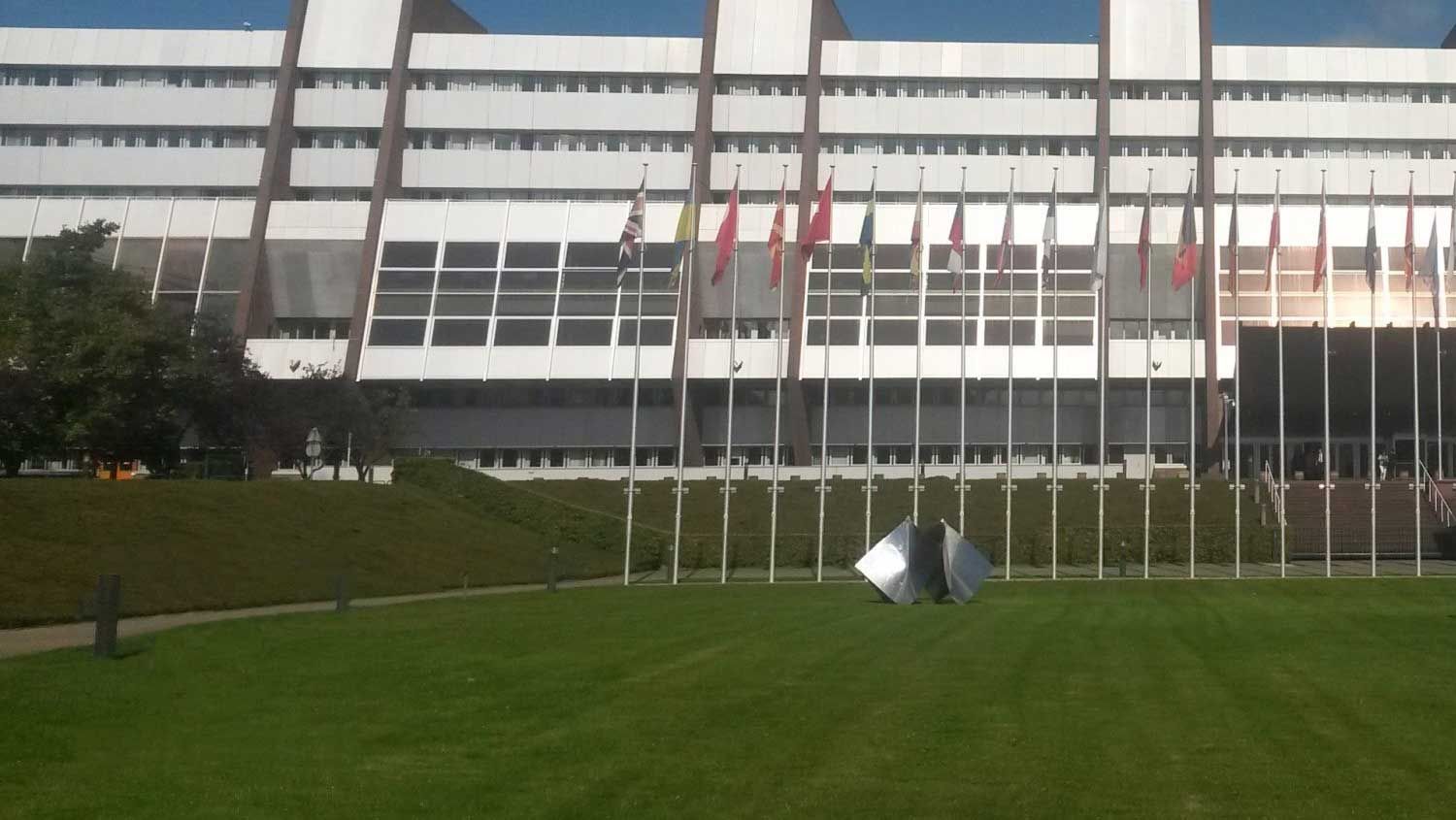harmon.ie Empowers Council of Europe’s Digital Transformation

Industry
Government
Location
Europe
Company Size
Organizational Background
The Council of Europe is a regional intergovernmental organization headquartered in Strasbourg, France which promotes human rights, democracy and the rule of law. The Council of Europe was founded in 1949 by the Treaty of London and comprises 47 member states, 28 of which are members of the European Union.
The Council of Europe has 2,400 internal employees as well as over 4,000 external. The Council of Europe has a wide variety of institutions including the Parliamentary Assembly (PACE) helmed by the Secretary General, the Committee of Ministers, the Congress of the Council of Europe, the Congress of Local and Regional Authorities and the European Court of Human Rights which enforces the European Convention on Human Rights.
These various institutions seek to protect the rule of law and democracy, and to foster legal cooperation through conventions and treaties like the Convention on Cybercrime, Convention on the Prevention of Terrorism as well as the protection of human rights through the European Committee for the Prevention of Torture and the Commission against Racism and Intolerance to name only a few.
The Strategic Collaboration and Document Management Challenge
The Council of Europe is a diffuse organization with more than 6,000 users. It is critical that requests and documents are stored and searchable from a single, metadata-enabled system for all employees and just as critical that any platform accomplishing this is adopted by a high percentage of users.
The ad hoc solution adopted by the Council of Europe’s employees experienced high adoption, but it lacked the document management features required for successful collaboration at scale. The vast majority of employees live within the popular email client, Outlook, and document management took the form of dragging and dropping attached files out of Outlook and into generic shared drives. While familiar to users, this system failed to incorporate document metadata, which made finding them later impossible, and also led to an extreme accumulation of data as multiple versions of documents piled up – more than four terabytes worth.
The IT Directorate of the Council of Europe headed by Philippe Reilhac, which serves the entire Council of Europe’s technology needs, decided to solve this problem by modernizing their document management and enterprise search systems by implementing SharePoint on-premises for document management and mandating that users manually input metadata to provide reliable search capabilities.
While a good first step, the SharePoint implementation got off to a rocky start as employees, so familiar with Outlook and its drag and drop functionality, were unwilling to adopt the platform. Worse yet, the metadata problem persisted because users were reluctant to manually define metadata when saving files, as it was an unfamiliar and time-consuming process.
From here, it became clear to Reilhac and his team that for any document management and enterprise search solution to take root, they would need to appeal to what their employees know best: Outlook.
“Our users are mainly used to Exchange and Outlook, as well as the public folders in Exchange. They are used to making use of drag and drop functionality to move documents directly from their email to public folders, and after our initial implementation of SharePoint we decided that any further solution needed to work on a similar level,” said Philippe.
The Solution: Bringing SharePoint to the User
Taking aim at the user adoption problem, the Council of Europe decided upon a solution that makes life easier on its users; a solution centered on what they already know well and enjoy using daily: email. Enter harmon.ie’s simple, intuitive solution, which provides direct access to SharePoint from Outlook via a sidebar residing within the platform.
With everything in one, intuitive and contextual window, dragging and dropping documents and emails in and out of SharePoint is extremely simple. harmon.ie’s solution allows for the Council of Europe to create pre-defined project folders which automatically inherit project-related metadata. In other words, all files that employees drag and drop into folders are automatically populated with the appropriate metadata – no manual input required.
With the metadata problem solved, that made it much easier to solve the search problem. harmon.ie’s solution integrates the search module from SharePoint 2013 directly into the Outlook client, and with all files having proper metadata, searching became much more effective.
“harmon.ie’s solution works very well and the fact that your metadata is directly written from your email just by dragging and dropping into SharePoint is very important for our users, as it saves time and ensures higher levels of adoption for the platform,” said Philippe.
The harmon.ie Experience and The Future
The Council of Europe implemented the first phase of it harmon.ie deployment and has decided to increase the implementation to give the tool to all 6,000 of its SharePoint users.
harmon.ie has proven to be more than just a product – it’s a core component of the Council of Europe’s SharePoint solution, making it easy for people to comply with file management requirements. Working and collaborating with harmon.ie is highly strategic, and the harmon.ie product represents an evolution in the way the Council of Europe stores, accesses and collaborates on documents and emails. Based on the resounding success of the implementation, the Council of Europe is working with harmon.ie’s team on adding new functionality.
“The way we are working and collaborating with harmon.ie is very important for our teams. This project has been a major evolution for the Council of Europe and revolutionized the way we look at engaging our employees to adopt new technology,” said Philippe.
Bring Everything Together in SharePoint, Microsoft Teams, and OneDrive
Unify your content – emails, documents, and conversations – drag and drop Outlook emails and attachments into SharePoint, Teams, and OneDrive.
